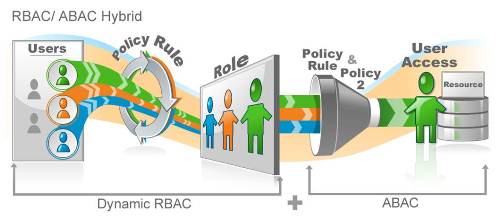User account provisioning isn't really rocket science. You want users to be able to do their job from day 1. What you don't want to do is just provision a user account in Active Directory and call it a day.
Remember this stat: a user is only 58% productive without the proper permissions according to the National Institute of Standards & Technology. So, when provisioning a user, give them more than their AD account; provision that user to every system that they are supposed to be in. Don't lose 42% of a user's productivity.
 Consider what you know about a user from your HRIS: name, department, title, location, shoe size; all the relevant identity information for you to decide their most basic roles (you can determine more granular roles as you learn more about them). From these basic roles, you can provision them into the correct systems.
Consider what you know about a user from your HRIS: name, department, title, location, shoe size; all the relevant identity information for you to decide their most basic roles (you can determine more granular roles as you learn more about them). From these basic roles, you can provision them into the correct systems.
To take that identity information and turn it into role based provisioning, you need workflow. Workflow isn't just approval routing, it is the ability to set a business process within your provisioning and access control. For example, the first box in this workflow is what location your user is in...depending on location, your user is provisioned into the proper card access system and put into the correct security group for printer access.
Once that workflow is complete, every user returns to the next decision point based on department. A user is provisioned and is given access to Salesforce.com if in sales or service, to Quickbooks if in finance, etc. Of course, you can be more granular but people stop reading blogs if you get into too much detail!
Now the third workflow kicks in based on a piece of identity information not usually associated with roles: shoe size. Each user/employee is given a pair of shoes for the company's annual Race for a Good Cause. This is where the ability to have a hybrid of RBAC and ABAC comes in handy. You want your supply chain software to provision a different color shoe based on departmental role, but also give the correct size based on an AD attribute. Simple, a hybrid approach to RBAC and ABAC applies to provisioning as well.

Now your user has an AD account and, thanks to role based provisioning, has been placed in the correct systems and security groups, is operating at 100% productivity on day 1, and most importantly wearing the correct color shoes.
Click below to schedule a demonstration of how to manage role based user provisioning and extend it into an ongoing RBAC process.
Tags: Role Based Access Control (RBAC), Active Directory, User provisioning


